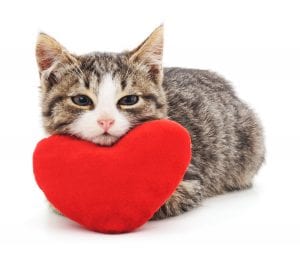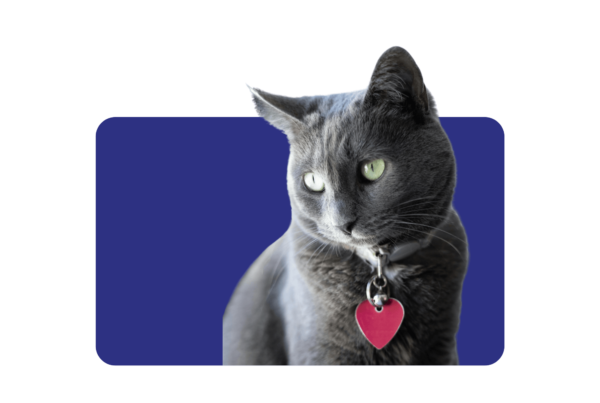Your cat’s heart is wrapped around yours and vice versa but sometimes his heart isn’t healthy and you may not even know it.

Hypertrophic cardiomyopathy (HCM) is the most common heart condition seen in cats. It occurs when the walls of the left ventricle (the heart’s largest chamber) thicken so that less blood can fit into the heart chamber. As the heart wall gets thicker and thicker, the space inside the chamber becomes smaller and smaller. Eventually not enough blood is pumped by the heart, which causes the symptoms that you eventually see. The heart tries to compensate for this by beating faster, trying to provide the body with enough blood. Some cat breeds like Maine Coon, Ragdoll, British Shorthair and Sphinx are at higher risk of developing HCM.

Your cat’s heart: What symptoms should you look out for?
Some cats with HCM will appear to be completely healthy, while others may appear with signs of heart failure. Cats are excellent at hiding their symptoms when they are not feeling well, so the first signs are often very subtle, eating slightly less than normal or perhaps not having quite as much energy as before.
During a vet visit, a very fast heart rate may be the only thing detected. However, in some cases, especially when the heart is already struggling to keep up with the demands of the body, once might see open mouth breathing, struggling to breathe or fast shallow breaths.
One very important consequence of HCM in cats is the formation of blood clots in the heart. These clots may travel through the bloodstream and block blood vessels in certain parts of the body. Depending where these clots end up additional symptoms may be seen such as paralysis of the back legs or signs of a stroke.

Your cat’s heart: how diagnosis is made
Unfortunately, chest x-rays is not a good tool to diagnose HCM in cats. On an x-ray film only the outside size of the heart can be seen and measured, not the internal chambers. Thus, diagnosing this condition will usually require an ultrasound of the heart (called an echocardiogram). In this way the individual chambers of the heart can be examined and measured.
What treatment is there?
There is no cure for HCM. However, treatment can still make a difference to the cat’s quality of life, and years lived. The aim of the treatment is to control the heart rate, decrease and eliminate any fluid buildup in or around the lungs and preven blood clots forming.
How long can my cat live with this heart condition?
Some cats with HCM can live for many years with no clinical symptoms. However, HCM is usually a condition that worsens over time with the other symptoms becoming more dramatic. Medical management can significantly improve the quality of life.
Unfortunately most cats with HCM will die from this disease.





